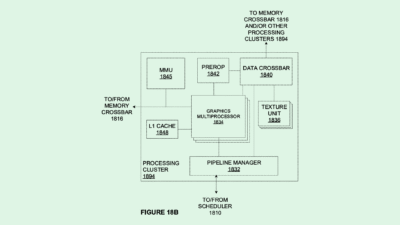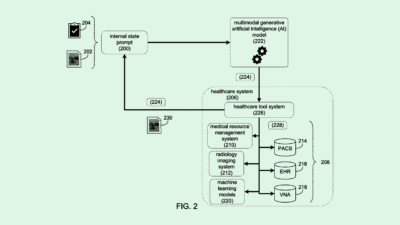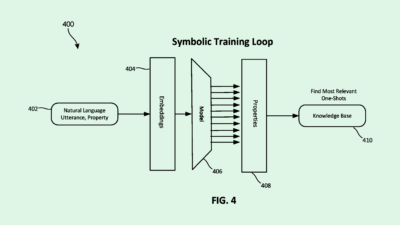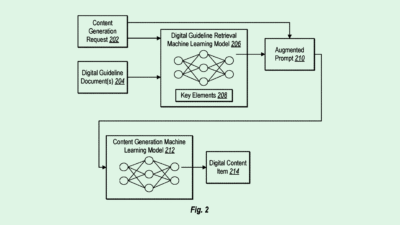How Vibe-Coding Is Democratizing the Field
With vibe-coding, success depends less on actually writing code, and more on understanding how AI operates.

Sign up to get cutting-edge insights and deep dives into innovation and technology trends impacting CIOs and IT leaders.
Not so very long ago, aspiring coders had two options: They could either teach themselves everything about the craft online, painstakingly, or learn their skills in college.
But the “vibe-coding” wave is upending that status quo. Coding on vibes means, in no small part, democratization: Anyone can code.
With vibe-coding, people describe the code they want, and AI writes it for them.
‘Power in the Prompt’
“I see it as a total inversion of what tech used to be,” Nicolas Genest, CEO of CodeBoxx, said. “We spent over 30 years treating coding like a craft reserved for the chosen few. Suddenly, the machine understands the request, and the real power lies in the prompt, not the syntax. The winners now? They’re the ones who can reverse-engineer intent, articulate business outcomes, and direct the machine with clarity and conviction.”
And it’s not just developers who are vibe-coding, he said: “It’s marketers, founders, CEOs, analysts, designers, ops leads. What they all have in common is that they’re interfacing directly with AI to define success and provide guidance and guardrails that are then implemented by AI.”
Success depends less on actually writing the code and more on understanding how AI thinks. That’s part of what CodeBoxx does: train users in the AI-native ways of software development.
It’s something Genest called “composing and orchestrating machine intelligence,” with AI getting rid of gatekeepers.
So what happens when pretty much anyone can code?
One possibility is that they lose the plot.
Coding Without Guardrails
“Vibe-coding without intent and consciousness is just noise,” Genest said. “This output needs a watchdog that needs to course-correct as you go, because you’re shaping systems that will be used and generate new facts, create new events and take new actions.”
Rules and standards need to be explicitly defined to keep out assumptions, hallucinations and biases. Genest said vigilance is key: curated data, validated outputs, and an eye on optimization goals, assumptions and logic.
“Most prompt engineers out there aren’t yet trained to think like accountable product owners,” Genest said. “They might not be auditing the behavior extensively. They’re not logging decisions. They’re not anticipating sensitive edge cases.”
They’re coding “without guardrails.”
And though there are potential issues with the vibe-coding approach, like the broader AI industry, it’s poised to accelerate despite any drawbacks.
That’s why Genest said “the next generation of coders won’t look like traditional coders at all.” He posited some potential titles: “systems thinkers, product whisperers and business navigators.”
It’ll be a mindset switch from “What language should I learn?” to what system they’re building or optimizing, or what outcome they’re targeting.
“Code is no longer the barrier to entry for software development,” Genest said. “Clear intent is.”











